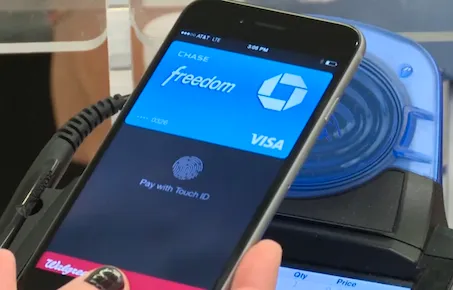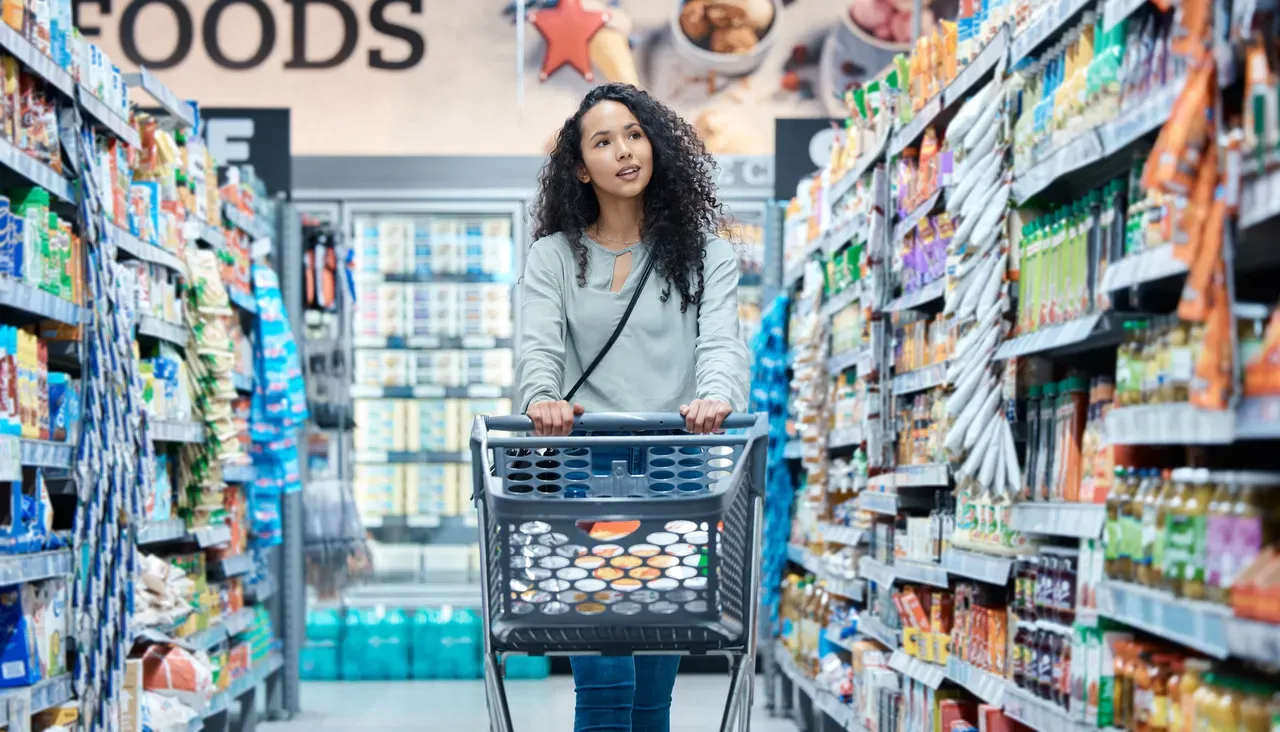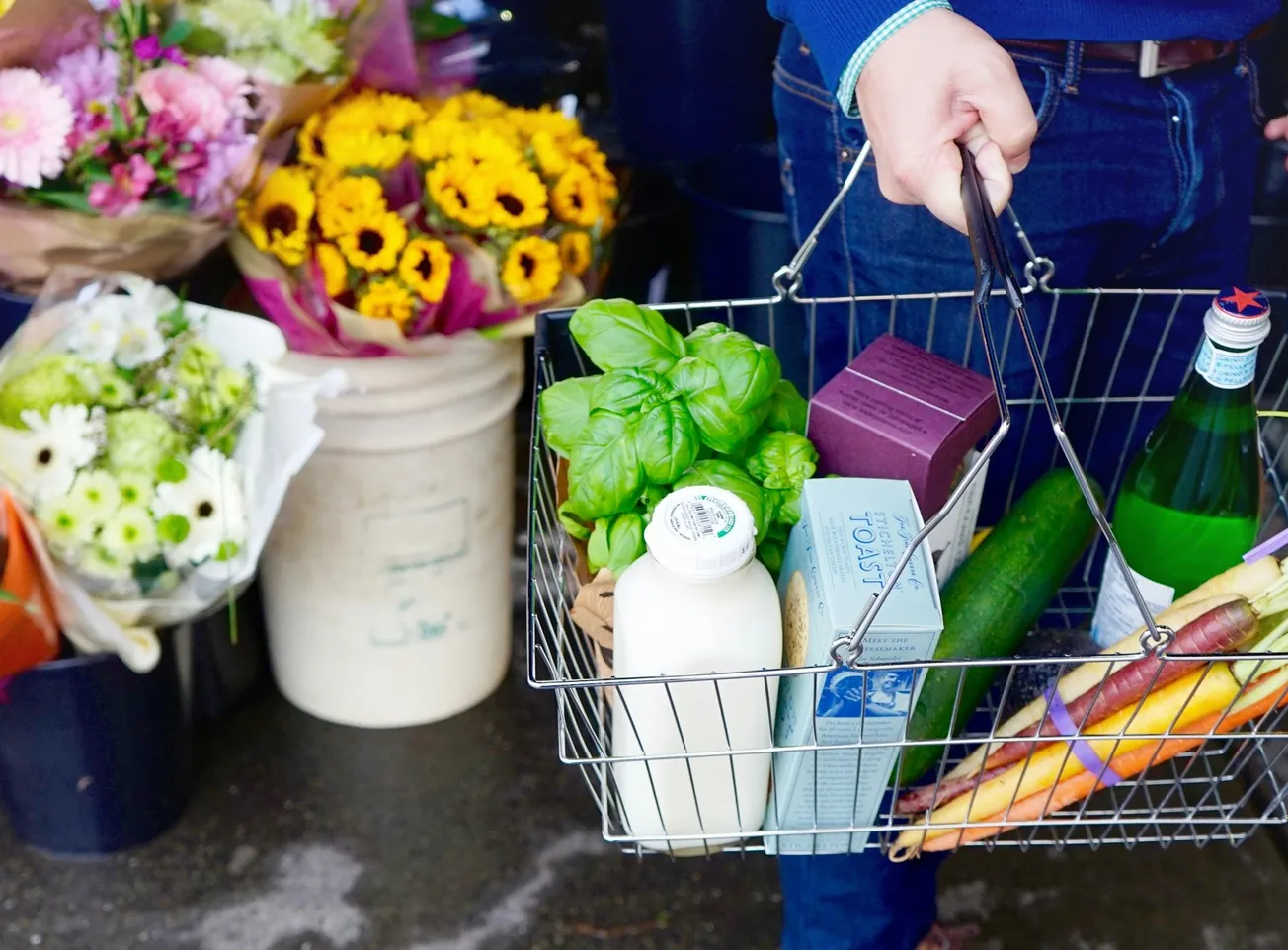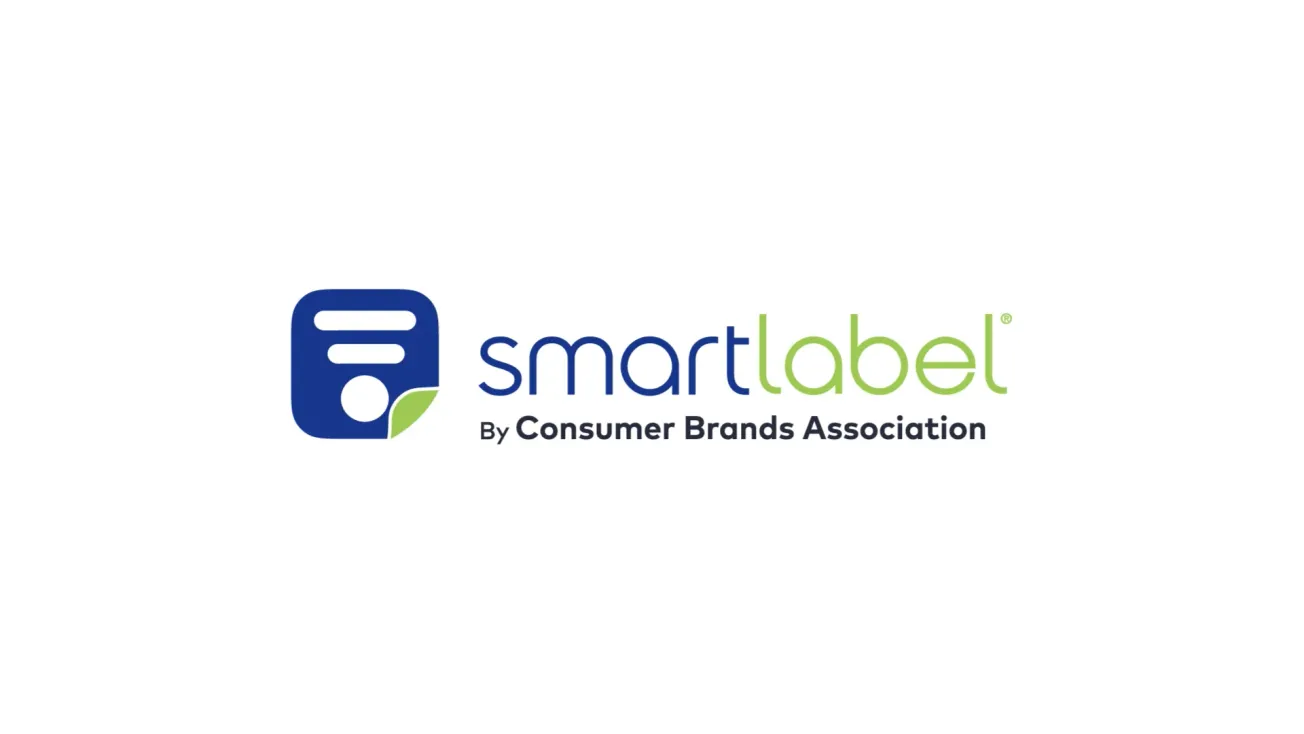Digital technologies are reshaping both consumer demand and competitive undercurrents in the U.S. consumer packaged goods marketplace.
Digital innovations and the explosion of digital, mobile and social media are restructuring how consumers shop for and purchase CPG products. This framework has resulted in new shopping behaviors and purchase pathways, which are disrupting traditional business models and approaches.

Robert Sanders
Although e-commerce is currently estimated at only 2% of total CPG retail sales, it is anticipated that over 50% of the CPG category’s market growth over the next five years will come from online sales, generating a $28 billion opportunity (according to “The Digital Future,” a joint study by IRI/Google/BCG). Within the CPG marketplace, health and personal care products are uniquely positioned to see an explosive growth in the digital world, since shoppers of these categories tend to be highly involved and are among the most digitally active prior to an in-store purchase, planning their shopping trips, researching products and comparing prices.
According to Google, one in 20 searches is health care related. Online sales of health and personal care products are projected to grow at a rate of 13% in the next five years, nearly six times faster than offline sales of these products. This will be especially true for regimented and easy-to-ship categories like vitamins, minerals and supplements, and personal care products.
Chain drug retailers, a destination location for consumers’ health and beauty care needs, will have to evaluate and reconstruct their overall strategy to satisfy changing shopper needs. As online sales of health and beauty categories gain further momentum and as e-commerce owns a greater share of the overall sales pie, challenges for brick-and-mortar retailers will grow exponentially. These retailers will need to not only retain their customers within physical channels — defending against other traditional retailers — but also compete with new and entrenched online retailers.

While health and beauty categories were traditional trip drivers, many consumer health care products generally comprise only a portion of the shopping basket. Thus a lost sale can have a ripple effect, compounding the impact of a lost trip for the retailer. Clearly, new thinking and strategies are required to effectively compete in an omnichannel, digitally connected world.
Chain drug retailers have recognized and embraced the changing consumer and retail landscape. Both Walgreens Boots Alliance and CVS Health have placed strong emphasis on digital integration and personalization as a part of their core strategies.
With the myWeekly Ad mobile application, CVS offers personalized deals on items a shopper buys most frequently, and enables her to see weekly store specials. Similarly, Walgreens is working to develop personalized health and beauty solutions that combine digital and health care capabilities for its more than 100 million active loyalty program members. These solutions aim to deliver highly personalized services to its customers, with the best promotions offered both in-store and online.
Manufacturers are also espousing personalized communications. Bayer Consumer Health offers shoppers personalized e-mails, special offers, allergy information and ideas to manage allergies for the Claritin brand. Pfizer Consumer Healthcare offers its most loyal shoppers the ability to buy limited-edition ChapStick products — which are hard to find in brick-and-mortar stores — directly from its website.
In an industry that is quickly reaching a digital tipping point, where the majority of growth will come from digital channels, there is an urgent need for chain drug retailers to adapt to and stay ahead of the disruption. To win in this rapidly changing environment — both on the consumer and retail front — it is imperative that retailers and manufacturers comprehensively understand the ecosystem in which each of their most important shoppers lives and communicate with them at the many points of interaction along the path to purchase.
Actions beyond setting up a website or offering mobile apps are required. It will be essential for retailers and manufacturers to create personalized demand programs (PDPs) for each of their customers or consumers at the individual level. These programs will involve interacting with the shopper cohesively and along all points of influence along the path to purchase — mobile, social, direct mail, coupons, email and television.
Further, these engagements will have to occur in real time. For PDPs to be successful, the impact of these programs must be measurable and actionable, requiring the development of sophisticated real-time attribution models that process hundreds of factors, are integrated across platforms, are mapped to real-time profiling and have the ability to process the findings.
In this new, fragmented world, how can one reach the most valuable shopper, at the right time, with a relevant message and an attractive offer? How can a retailer or manufacturer anticipate and predict demand to drive loyalty and engagement?
To remain relevant in these disruptive times, retailers and manufacturers must:
• Recognize that disruption is here and anticipate ways in which the traditional business model will be impacted.
• Think forward in order to interact with the shopper where she will be tomorrow, not where she was yesterday. Anticipate millions of evolving consumer segments, not just dozens.
• Engage in personalized communication with shoppers at the individual level, and measure the impact of each interaction.
• Assume everything will be dynamic and in real time, including media measurement and optimization. Embrace the need for the best data, the best analytics and the best technology, all in real time.
• Realize that speed and being nimble are keys to success. Tomorrow is too late.
Robert Sanders is the executive vice president and practice leader for IRI’s health care practice.









